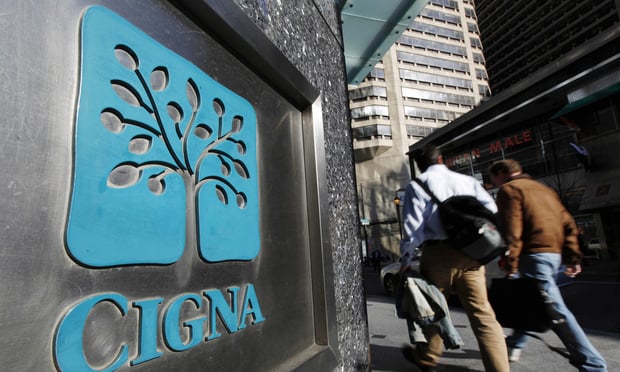Medicare patients receiving care at the nation’s 1,300 “criticalaccess” hospitals pay far more out-of-pocketthan those who are treated at other acute care facilities,according to a recent analysis by the Wall Street Journal.
|Read: Are health care providers setting costs basedon coverage?
|The analysis found astonishing differences in co-pays charged tobeneficiaries at regular hospitals and critical care facilities,which are located in rural areas at least 35 miles from the nearesthospital, are supposed to have no more than 25 beds for inpatientcare, and are not supposed to keep patients for more than 96 hoursat a time.
|Some of the big differences the analysis found:
Medicare patients at critical access hospitals were hit with anaverage copay of $1,926 for outpatient hernia surgery in 2013,compared to $562 at other hospitals.
Medicare patients at critical access hospitals paid an averageof $2,272 for bunion surgery, compared to an average of $780elsewhere.
Medicare patients at critical access hospitals paid an averageof $840 for colonoscopies, compared to $270 elsewhere.
What’s up with the big differences?
|Medicare requires patients at critical care facilities to pay 20percent of the total hospital cost, while elsewhere itsimply mandates they pay a certain percentage of the fee that ithas negotiated with hospitals.
|Those fees, which are set in stone, are typically far lower thanwhat critical access facilities charge for services.
|While Medicare pledges to pay 101 percent of “reasonable costs”charged by critical access facilities, the definition of“reasonable” is obviously somewhat elastic.
|Indeed, according to a recent study by the Medicare PaymentAdvisory Commission found that non-critical access hospitals’margins on Medicare patients was -5.4 percent. But when criticalaccess hospitals were included in the overall sample, averagehospital margins rose to 1.2 percent.
|According to the Wall Street Journal, many critical access facilitiesare found in the Midwest, while some densely populated states, suchas New Jersey, Connecticut, Rhode Island, Delaware and Maryland,have none.
Complete your profile to continue reading and get FREE access to BenefitsPRO, part of your ALM digital membership.
Your access to unlimited BenefitsPRO content isn’t changing.
Once you are an ALM digital member, you’ll receive:
- Critical BenefitsPRO information including cutting edge post-reform success strategies, access to educational webcasts and videos, resources from industry leaders, and informative Newsletters.
- Exclusive discounts on ALM, BenefitsPRO magazine and BenefitsPRO.com events
- Access to other award-winning ALM websites including ThinkAdvisor.com and Law.com
Already have an account? Sign In
© 2024 ALM Global, LLC, All Rights Reserved. Request academic re-use from www.copyright.com. All other uses, submit a request to [email protected]. For more information visit Asset & Logo Licensing.








